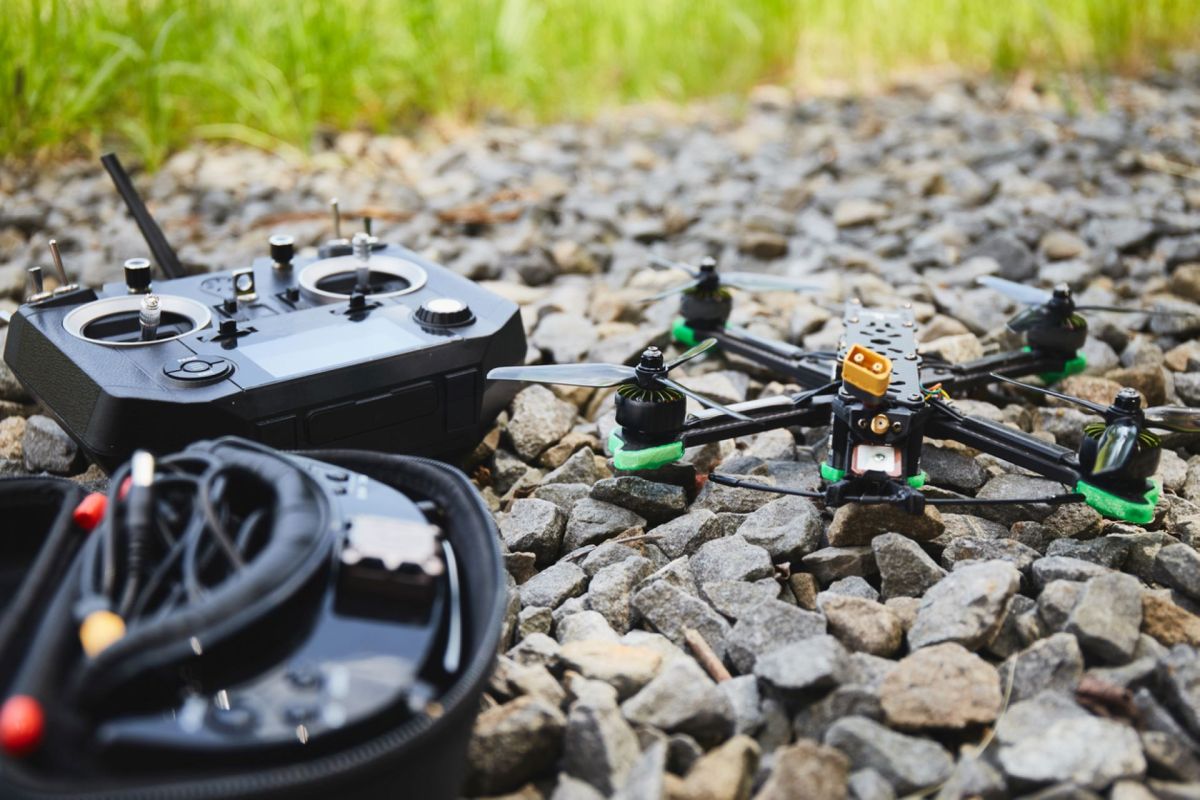Toys going to waste — unwanted, neglected, no longer needed — have a sadness to them that's especially distressing during the holidays.
Meanwhile, e-toy waste, the trashing of toys with electronic components, represents its own tragedy, as well as opportunities for the planet, according to a recent report.
What's happening?
An estimated 7.3 billion e-toys — racecar sets, electric trains, drones, robots, talking dolls, and more — are discarded annually worldwide, according to data gathered by the United Nations and the WEEE Forum, an international e-waste association.
That's almost one e-toy per human on Earth each year, WEEE Forum reported in October.
The organization noted that there's nearly $10 billion in materials that could be recovered from "invisible e-waste," a category of castoffs that includes e-toys as well as other electronic-infused items that people mistakenly consider unrecyclable or fail to recycle properly.
Besides e-toys, people also discarded enough cords containing useful metals last year to circle Earth 107 times, per the report.
"You can recycle anything with a plug, battery, or cable" was the key message of WEEE Forum's International E-Waste Day on Oct. 14.
Why is 'invisible e-waste' concerning?
By tossing out e-toys and other electronics, we're effectively throwing away money and contributing to landfill and pollution, per the organization.
Even when we store unused electronics — perhaps not knowing what to do with them or not realizing they can be recycled — we keep in-demand resources locked up, the forum reports. It notes that some of these resources could be used in products like solar panels.
Worldwide, e-waste is increasing rapidly, as Statista has reported. People trash over 59 million tons a year, with only about 17% recycled as of 2019.
In addition to toxins leaching into soil from improperly trashed e-toys and e-waste, these discards contribute to Earth's overheating due to air pollution from mining new materials, manufacturing replacement products, and not recycling or mishandling disposal.
What can I do about invisible e-waste?
There are opportunities in this "invisible" problem. We can make money from e-waste we may have forgotten about, and we can do better for the planet through smarter purchases and recycling.
Companies such as Best Buy and Microsoft may offer store credit for old electronics, including gaming consoles. Even when they don't, stores help you recycle some e-waste safely, for free.
You can also educate yourself about local collection and recycling, which may surprise you.
By reducing e-waste, you'll be part of an effort to extract useful resources from trash rather than from Earth.
As WEEE Forum president Jan Vlak said in a statement, "Not only producers but all relevant actors, including regulators, consumers, refurbishers, reuse outfits, scrap dealers, retailers, and recyclers, must play a role … to successfully increase the collection of e-waste."
Join our free newsletter for cool news and cool tips that make it easy to help yourself while helping the planet.









